

— Products —
 Consumer hotline +8618073152920
Consumer hotline +8618073152920 WhatsApp:+8615367865107
Address:Room 102, District D, Houhu Industrial Park, Yuelu District, Changsha City, Hunan Province, China
All products
Ultrasonic weather stations use ultrasonic sensors to measure wind speed and direction. These sensors work by emitting high-frequency sound waves (ultrasonic waves) in the air. The sound waves are reflected back to the sensor by particles in the air, such as dust, moisture, or other suspended materials. By measuring the time taken for the sound wave to travel to and from the sensor, the wind speed and direction can be calculated.
Tel/WhatsApp:+8615367865107
Email:Arvin@niubol.com +Nearly 100 partner company in more than 68 countries. We are committed to providing high-quality, practical products to meet your needs and help you solve problems.Product Details
Ultrasonic weather stations use ultrasonic sensors to measure wind speed and direction. These sensors work by emitting high-frequency sound waves (ultrasonic waves) in the air. The sound waves are reflected back to the sensor by particles in the air, such as dust, moisture, or other suspended materials. By measuring the time taken for the sound wave to travel to and from the sensor, the wind speed and direction can be calculated.
The ultrasonic sensors in a weather station typically consist of four transducers arranged in pairs at right angles to each other. Each pair of transducers sends and receives ultrasonic waves in two directions. One pair of transducers measures the speed of sound waves moving upwind and downwind, while the other pair measures the speed of sound waves moving crosswind.Using this information, the weather station can determine the speed and direction of the wind. The sensors are also used to calculate the horizontal and vertical components of wind speed, which can be used to estimate turbulence and other wind-related parameters.In addition to ultrasonic sensors for wind measurement, ultrasonic weather stations may also include other sensors for measuring temperature, humidity, and atmospheric pressure. These sensors work together to provide a comprehensive picture of weather conditions.
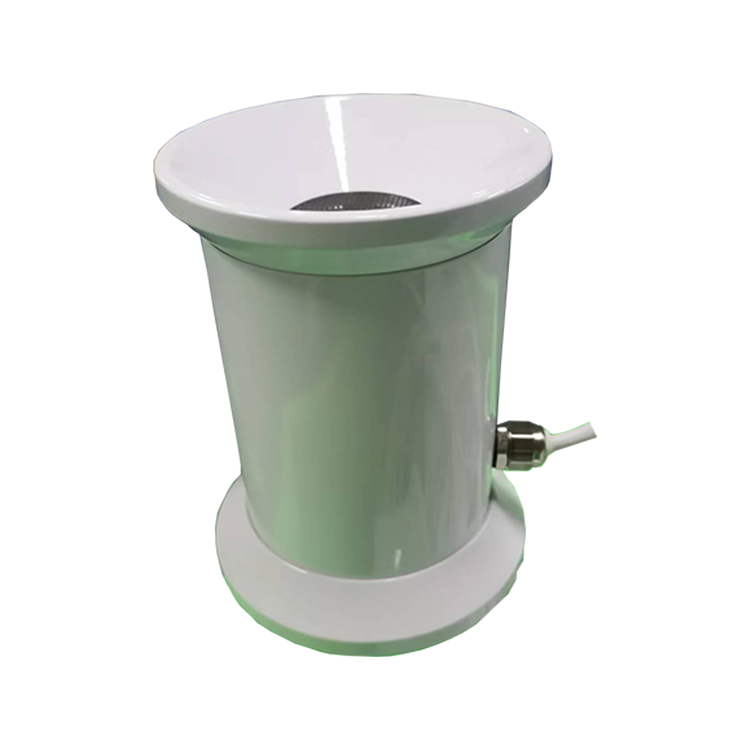 | 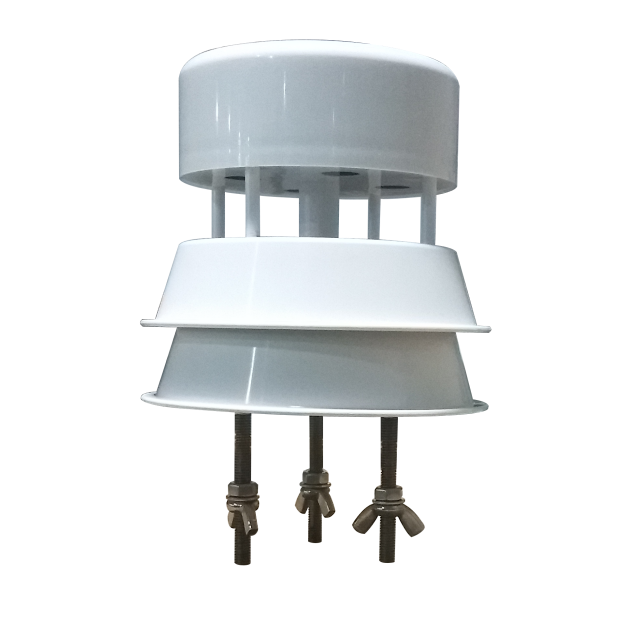 | 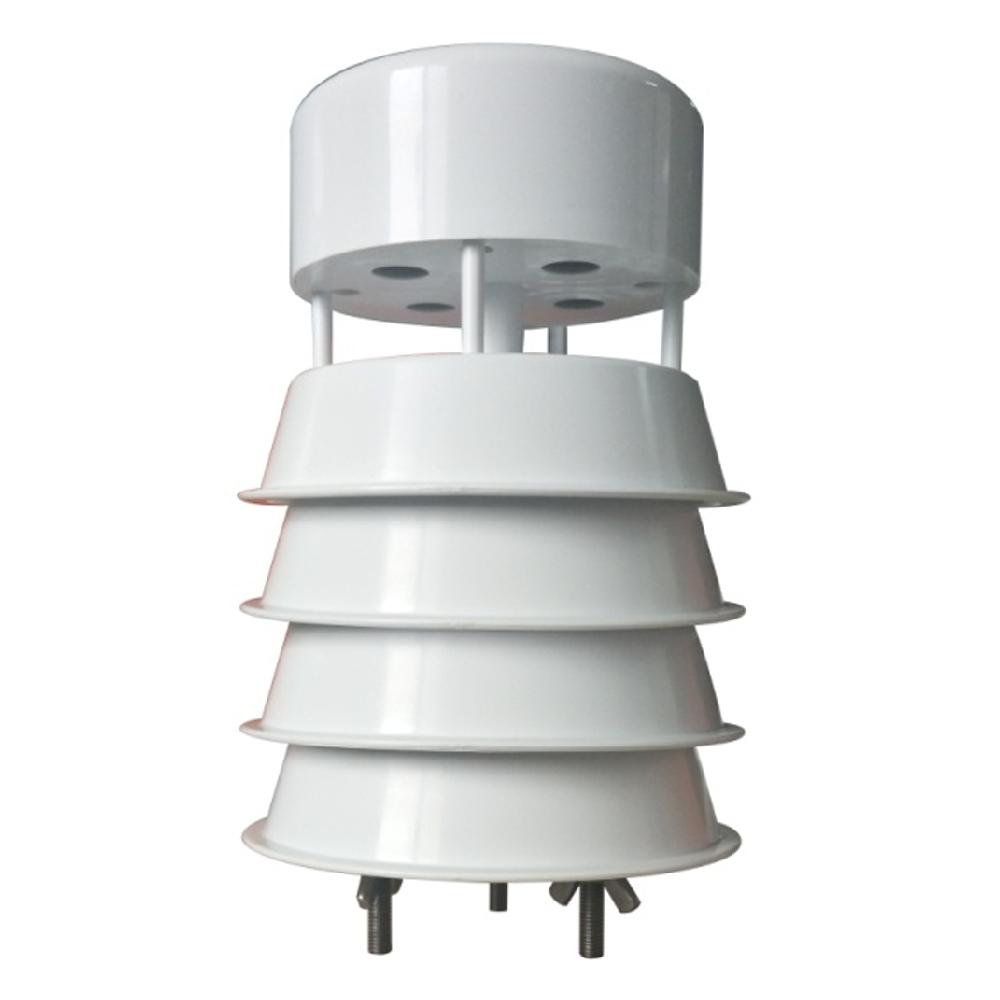 | 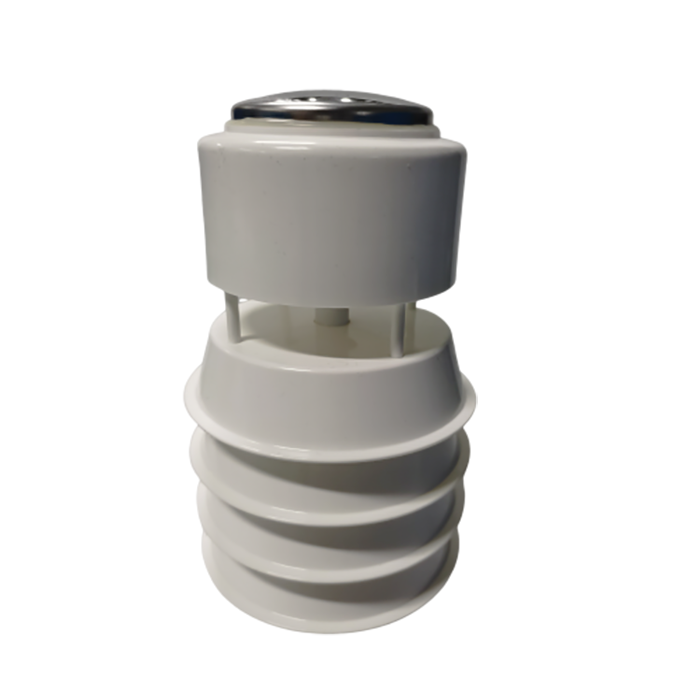 | 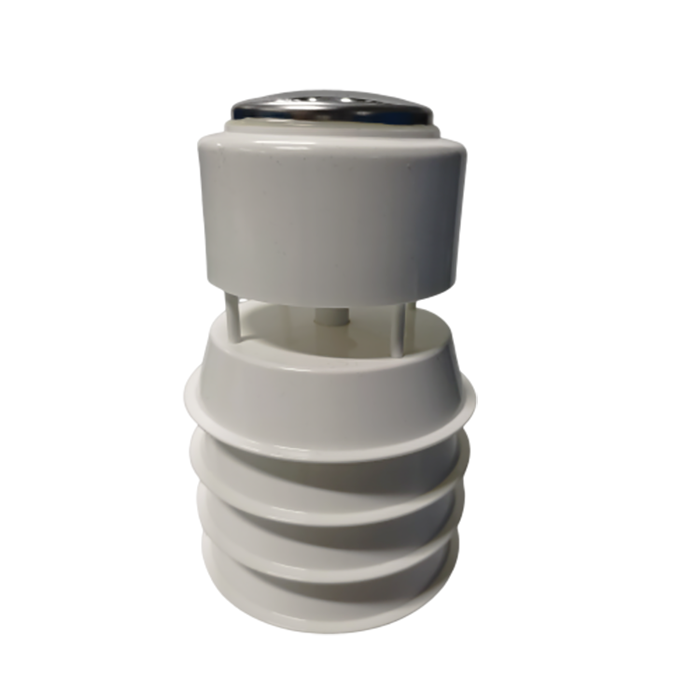 |
| Ultrasonic Snow Depth Sensor | ultrasonic wind speed and direction sensor | 5 in1 Ultrasonic Weather Station Sensor | 6 in1 Ultrasonic Weather Station Sensor | 7 in1 Ultrasonic Weather Station Sensor |
Ultrasonic weather station is a type of weather monitoring device that uses ultrasonic sensors to measure various meteorological parameters. It typically consists of multiple sensors that provide real-time data on wind speed, wind direction, temperature, humidity, and atmospheric pressure.
Overall, the non-contact, high-resolution, and fast response time of ultrasonic sensors make them an attractive option for weather monitoring. They are often used in applications such as aviation, agriculture, meteorology, and environmental monitoring, where accurate and reliable weather data is essential.
| Measured | Measuring range | Resolution | Precision |
| Humidity | 0~100%RH | 0.1%RH | ±0.5℃ |
| Temperature | -40~80℃ | 0.1℃ | ±5%RH |
| Atmospheric pressure | 10~1200hPa | 0.1hPa | ±1.5hPa |
| Soil temperature | -40~80℃ | 0.1℃ | ±0.5℃ |
| Soil Humidity (moisture) | 0-100%RH | 0.1%RH | ±5%RH |
| Conductivity | 0-10000us/cm | 1us/cm | ±5% |
| Wind speed | 0~70m/s | 0.1m/s | ±(0.3+0.03V)m/s |
| wind direction | 0~360° | - | ±3° |
| Noise | 30~130dB | - | - |
| Illuminance | 0-200000Lux | - | ±7% |
| Rainfall | 0-4mm/min | 0.2mm | ±4% |
| PM2.5/PM10 | 0-2000μg/m3 | - | ±15% |
| Solar radiation | 0~2000W/m2 | - | ≤5% |
| CO2 | 0~2000ppm | 1ppm | ±7% |
| Supply mode | 220V | DC12-24V | solar power optional |
1. Ultrasonic Wind Measurement: Ultrasonic sensors are used to measure wind speed and direction without any mechanical moving parts. This provides accurate and reliable wind data with high resolution and fast response time.
2. Integrated Sensor Suite: An ultrasonic weather station often includes additional sensors for measuring temperature, humidity, and atmospheric pressure. These sensors work together to provide comprehensive weather information.
3. Non-Contact Measurement: Ultrasonic sensors do not require physical contact with the measured parameter, ensuring minimal maintenance and reducing the risk of sensor damage.
4. All-Weather Performance: Ultrasonic weather stations are designed to withstand harsh environmental conditions, including extreme temperatures, high winds, and heavy precipitation. They are typically housed in rugged enclosures to ensure long-term durability.
5. Real-Time Data and Connectivity: Ultrasonic weather stations provide real-time data that can be accessed remotely. Many models offer wireless connectivity options, allowing users to monitor and analyze weather data from anywhere using a computer or mobile device.
6. Research and Applications: Ultrasonic weather stations are widely used in various applications such as agriculture, meteorology, environmental monitoring, aviation, and research. They provide valuable data for weather forecasting, climate studies, and decision-making processes.
7. Easy Installation and Maintenance: Ultrasonic weather stations are relatively easy to install and maintain compared to traditional mechanical weather instruments. They often come with user-friendly software for data analysis and configuration.
Ultrasonic weather stations have a wide range of applications in various industries and research fields. Here are some common scenarios where ultrasonic weather stations are used:
1. Aviation: Ultrasonic weather stations are widely used in aviation for weather forecasting, airport operations, and flight planning. They provide accurate and real-time data on wind speed, direction, temperature, humidity, and atmospheric pressure, which is crucial for safe and efficient flight operations.
2. Agriculture: Ultrasonic weather stations are used in agriculture to monitor weather conditions and optimize crop growth. They provide valuable information on temperature, humidity, wind, and rainfall that helps farmers make informed decisions about irrigation, fertilization, and pest control.
3. Meteorology: Ultrasonic weather stations are an essential tool for meteorologists for studying weather patterns, forecasting, and climate research. They provide detailed information about wind speed, direction, turbulence, and other atmospheric parameters, which are critical for predicting weather patterns and natural disasters.
4. Environmental Monitoring: Ultrasonic weather stations are used for environmental monitoring in various industries such as mining, construction, and energy. They provide data on air quality, noise pollution, and weather conditions that help companies comply with environmental regulations and reduce environmental impacts.
5. Research: Ultrasonic weather stations are used in scientific research for studying meteorology, climate change, and atmospheric physics. They provide high-resolution data on wind, temperature, humidity, and atmospheric pressure that can be used for modeling and simulation studies.
6. Outdoor Activities: Ultrasonic weather stations are also popular among outdoor enthusiasts such as hikers, campers, and sailors. They provide real-time weather data that helps outdoor enthusiasts plan their activities and stay safe in changing weather conditions.
When installing an ultrasonic weather station, there are several important considerations to ensure accurate and reliable measurements. Here are some key installation tips:
1. Mounting Location: Choose a suitable location for the weather station that represents the typical weather conditions of the area. It should be free from obstructions such as buildings, trees, or other structures that could affect wind flow. The sensors should be placed at a sufficient height to minimize ground-level interference.
2. Sensor Orientation: Proper sensor orientation is crucial for accurate wind measurements. The wind direction sensor should be aligned with true north, and the wind speed sensor should face the prevailing wind direction. Make sure to follow the manufacturer's instructions for sensor alignment and calibration.
3. Sensor Height: The height at which the weather station is installed can significantly impact wind measurements. It is recommended to mount the sensors at a minimum height of 2-3 meters above ground level to ensure representative measurements. However, if possible, higher mounting heights can provide better results, especially in complex terrain or urban environments.
4. Sensor Calibration: Before installing the weather station, ensure that the sensors are properly calibrated according to the manufacturer's guidelines. Regular sensor calibration is essential to maintain measurement accuracy over time.
5. Cable Management: Take care of cable management during installation to prevent damage or interference. Use proper cable routing techniques and avoid sharp bends or pinching of cables. Consider using cable conduits or protective covers to shield the cables from environmental factors.
6. Grounding and Lightning Protection: Install appropriate grounding measures to protect the weather station from lightning strikes and electrical surges. Consult with a professional electrician to ensure proper grounding and implement additional lightning protection measures if necessary.
7. Regular Maintenance: Schedule regular maintenance checks to ensure the weather station is functioning correctly. Clean the sensors periodically to remove dirt, dust, or debris that may affect measurements. Check for any signs of damage or wear and replace components as needed.
8. Data Logging and Connectivity: Set up a reliable data logging system to record and store weather data. Consider the connectivity options provided by the weather station, such as wired or wireless communication, to ensure easy access to real-time and historical weather data.
Always refer to the manufacturer's installation guidelines and recommendations specific to your ultrasonic weather station model. Following these guidelines will help optimize the accuracy and reliability of the weather measurements.
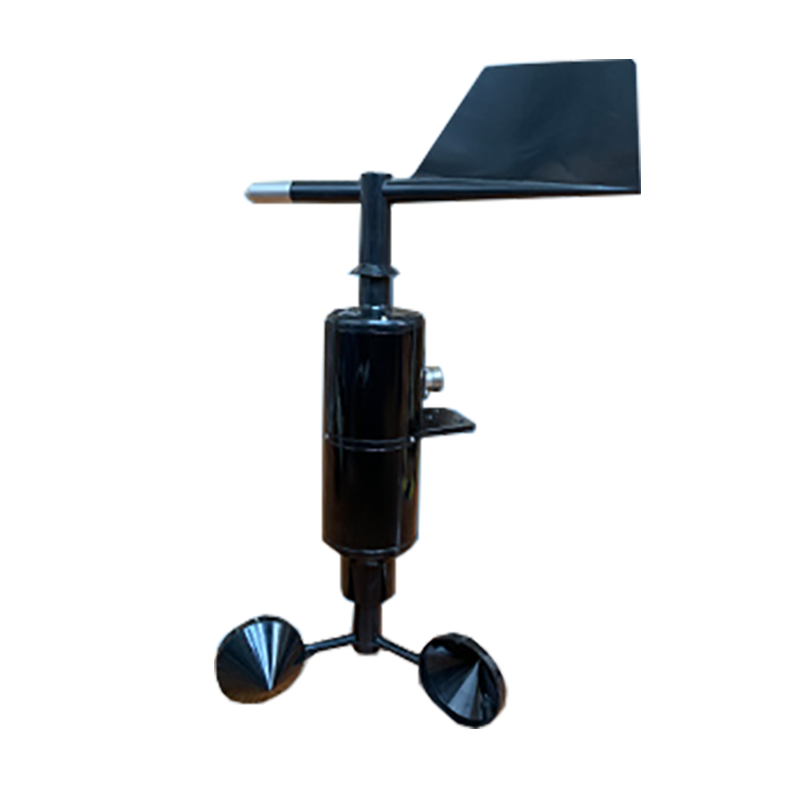 | 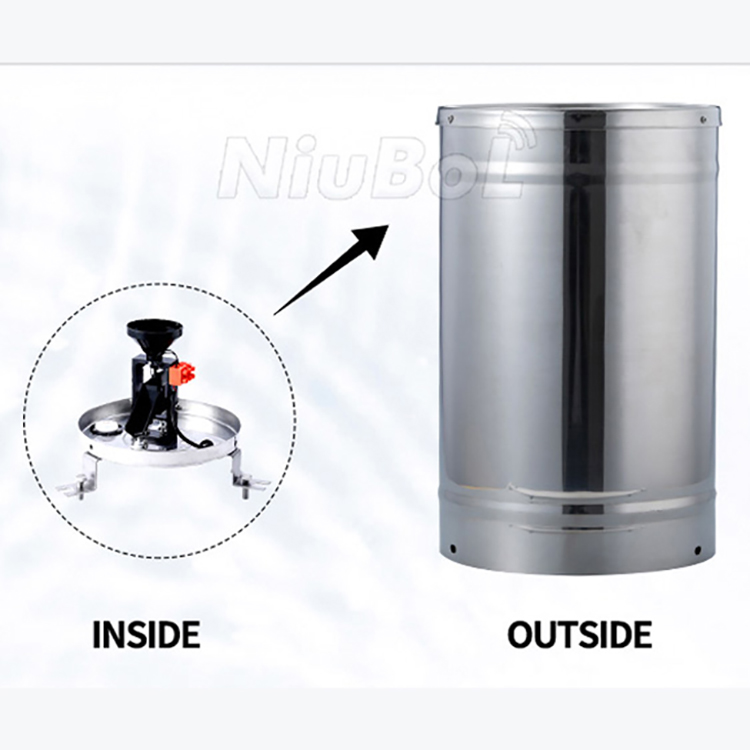 | 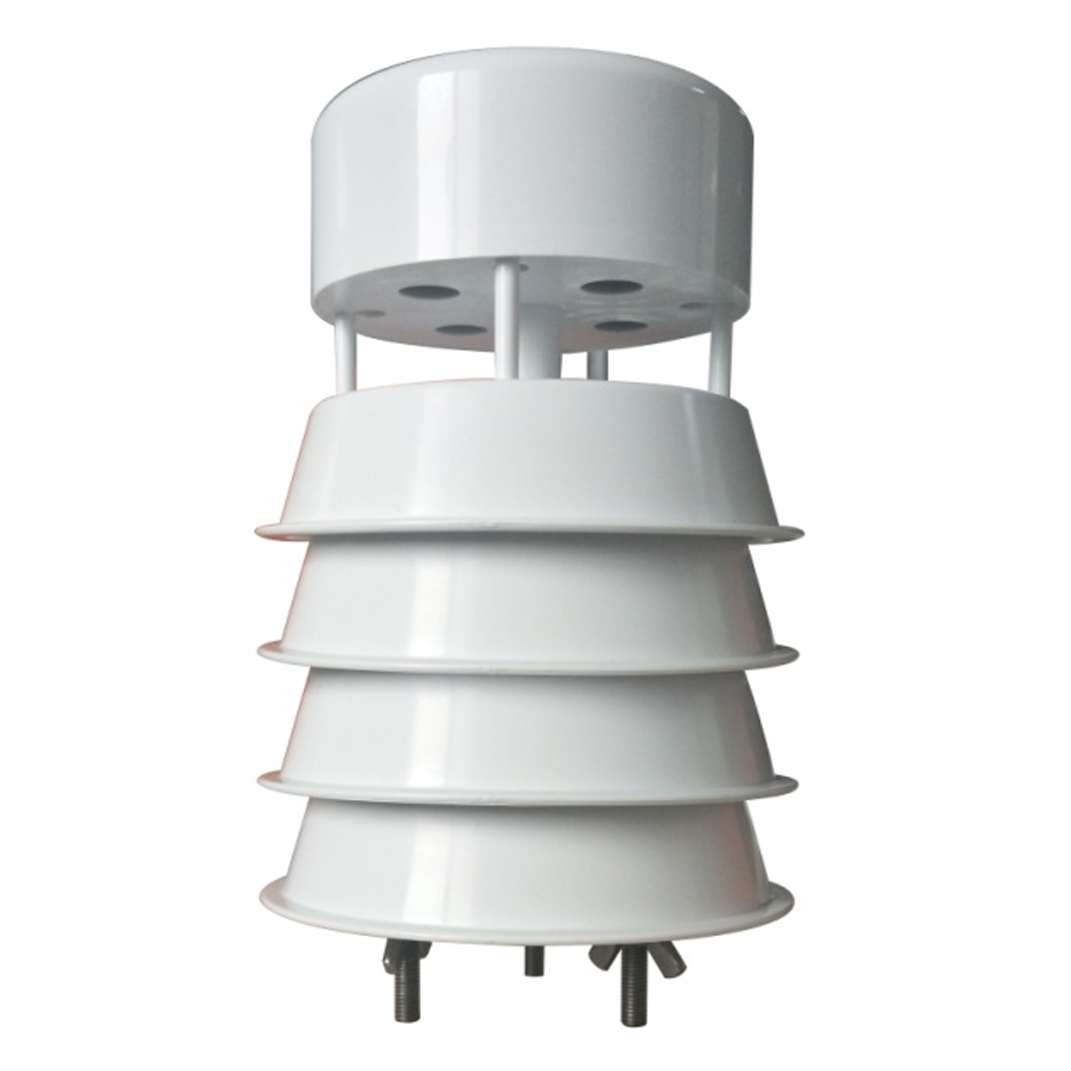 | 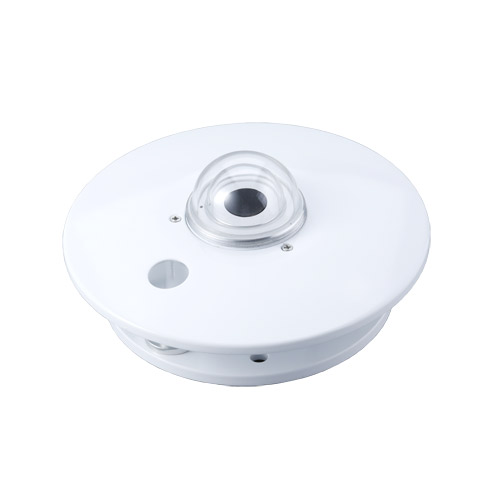 |
| Portable weather stations | Rain gauge | Ultrasonic weather stations | Pyranometer(Solar Radiation Sensor) |
Sensors & Weather Stations Catalog
Agriculture Sensors and Weather Stations Catalog-NiuBoL.pdf
Weather Stations Catalog-NiuBoL.pdf
Related recommendations
 Multi-Depth Soil Sensor RS485
Multi-Depth Soil Sensor RS485 TDR Soil Moisture Sensor
TDR Soil Moisture Sensor Pyranometer Solar Radiation Sensors
Pyranometer Solar Radiation Sensors Soil ph sensor
Soil ph sensor Tipping Bucket Rain Gauge
Tipping Bucket Rain Gauge Air Temperature and Humidity Sensor
Air Temperature and Humidity Sensor
Screenshot, WhatsApp to identify the QR code
WhatsApp number:+8615367865107
(Click on WhatsApp to copy and add friends)